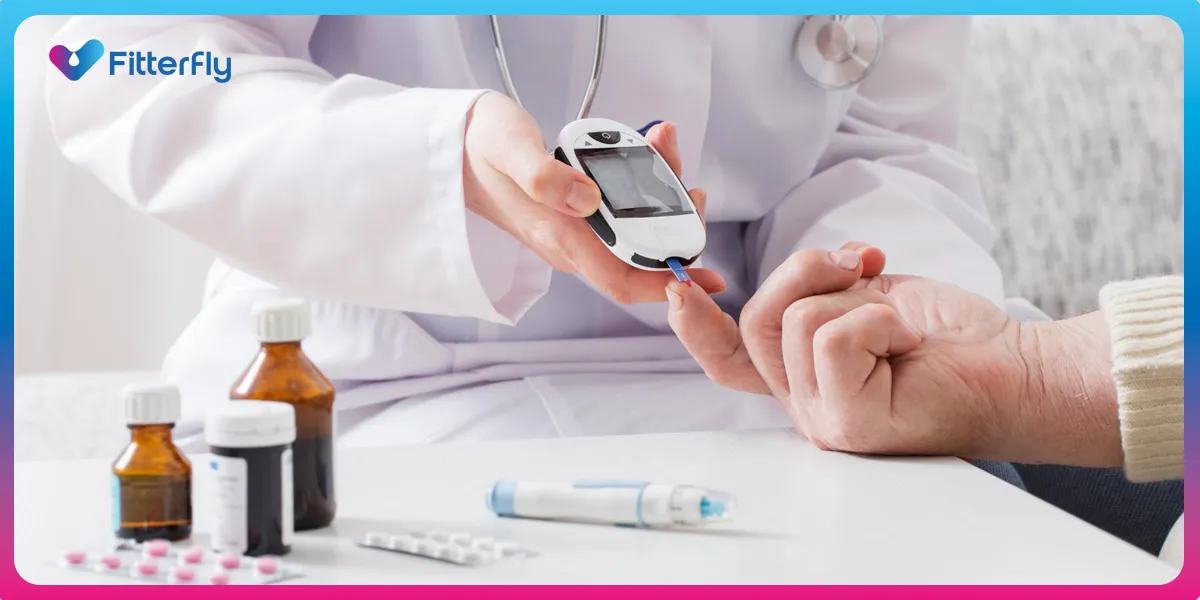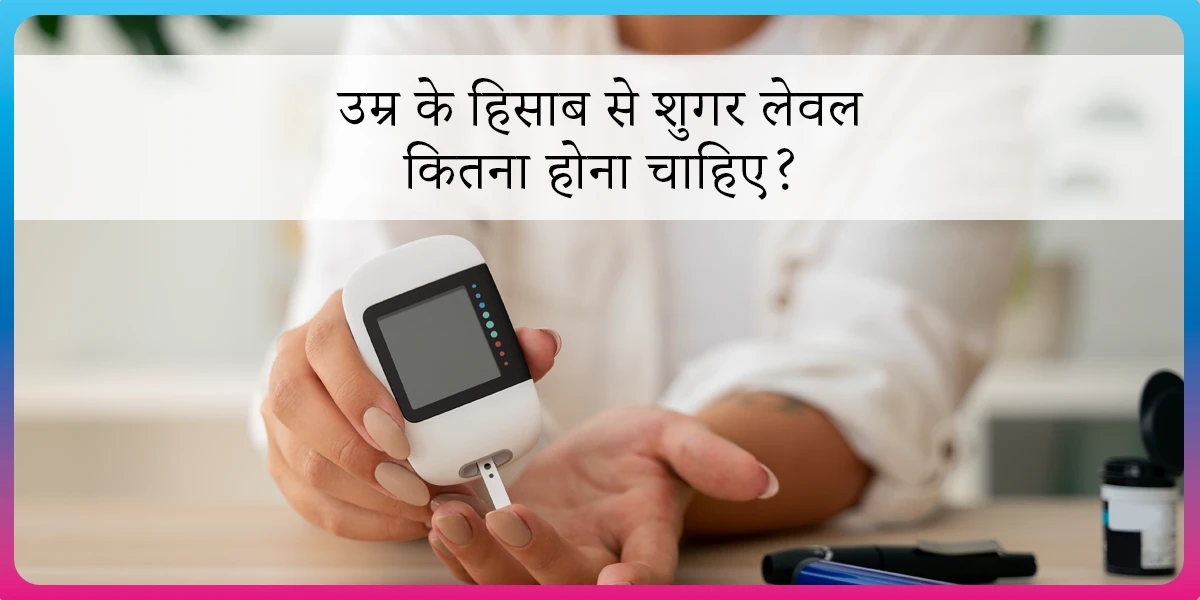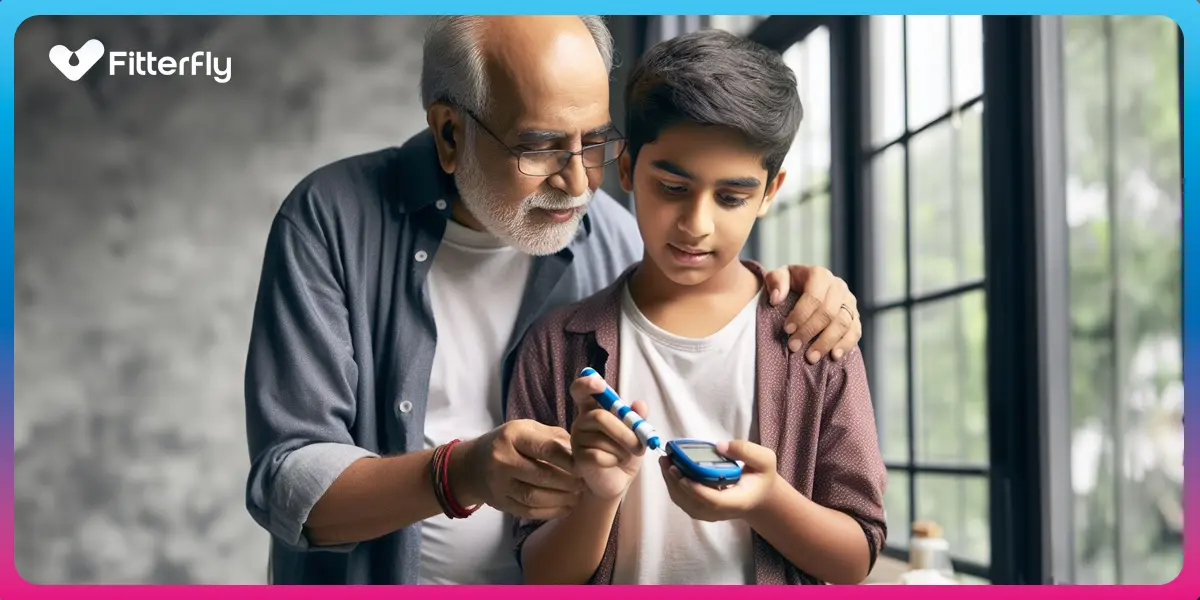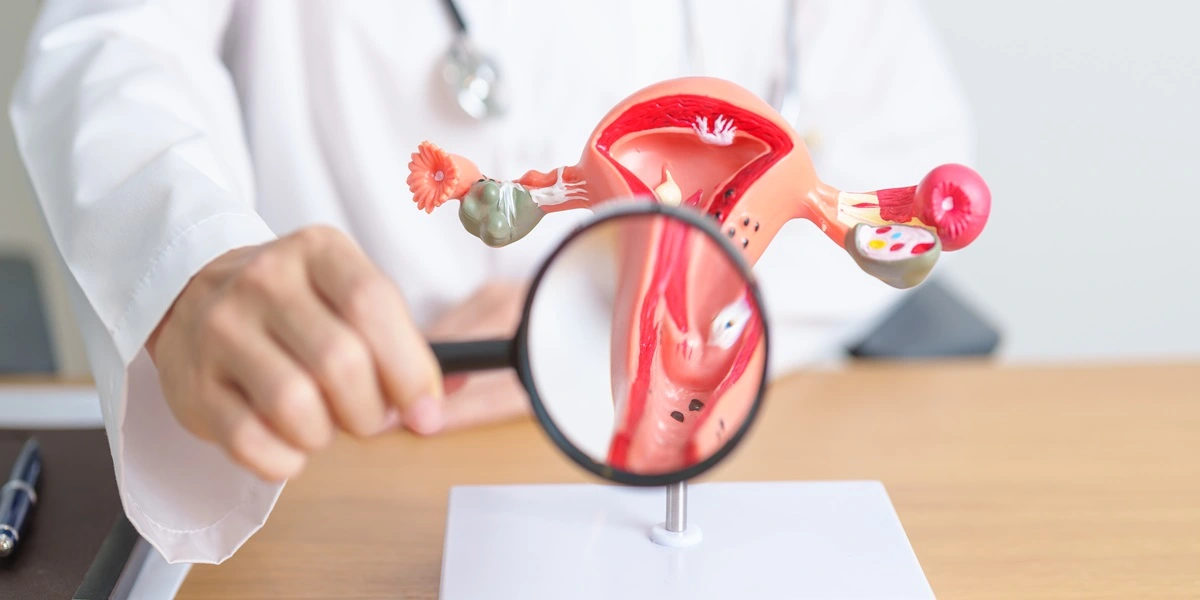Emergency Strategies to Quickly Reduce Blood Sugar Levels

Ever wonder what’s happening inside your body when you feel those strange symptoms like needing to visit washrooms very frequently or having a super dry mouth? This could be hyperglycemia at play.
Simply put, hyperglycemia is just a term for high blood sugar. Now, let’s learn the smarter and the best ways to lower blood sugar levels quickly.
What is Hyperglycemia?
Hyperglycemia is the medical term for high blood sugar in the bloodstream. Diabetes Mellitus is a medical term that means your body has more glucose (sugar).
This can occur if your body doesn’t produce enough insulin or can’t use insulin properly. Insulin is the hormone that helps your body use sugar for energy. Now, let’s learn what are the causes of hyperglycemia.
Hyperglycemia: Causes, Symptoms, and Signs
To help you get a clearer picture, here’s a table outlining the causes, symptoms, and signs of hyperglycemia:
| Causes of Hyperglycemia | Symptoms and Signs of Hyperglycemia |
| Family history of diabetes/obesity | Frequent urination |
| Eating food rich in carbs and sugar | Increased thirst, dry mouth |
| Not enough exercise/physical activity/sedentary lifestyle | Feeling very tired |
| Stress/smoking/alcohol | Blurred vision |
| Illness or infection | Headaches |
| Certain medications like steroids, immunosuppressants, anti-psychotics etc. | Difficulty concentrating or confusion |
High blood sugar can lead to a serious problem called diabetic ketoacidosis (DKA) if your insulin levels are too lowor absent . This needs quick medical help.
DKA commonly happens in people with type 1 diabetes, but it can also occur in those with type 2 diabetes under certain circumstances. DKA happens when your body starts to run out of insulin, which is crucial for regulating blood glucose levels.
Here are some signs of DKA:
- Feeling like you’re short of breath.
- Your breath might have a fruity smell.
- Feeling sick to your stomach, like you might throw up.
- Having a really dry mouth.
What are Ketones?
When you have diabetes, sometimes your body has to find a different way to get energy. Usually, it uses sugar (glucose) from your food.
But if there’s not enough insulin to help turn this sugar into energy, your body starts breaking down fat instead. This process creates “ketones” – which act as an alternative energy source when your body’s usual energy is low.
What is Ketoacidosis?
If these ketones build up too much in your blood, it can become a problem. This condition is called diabetic ketoacidosis (DKA), and it can be serious.
It happens more often in Type 1 diabetes but can occur in Type 2 as well, especially during illness or stress.
A big concern with DKA is that it can make you very dehydrated. Here’s what might happen:
- You Get Very Thirsty: Your body tries to get rid of sugar and ketones, making you feel thirsty.
- You Pee a Lot: To remove the extra sugar and ketones, your body makes you pee more, which can make you lose too much water.
- You Feel Tired: Your body isn’t getting the energy it needs, and losing water makes you tired.
- Breathing Problems: Too many ketones can make it hard to breathe.
- Confusion: When you’re severely dehydrated and your body’s balance is off, it can be hard to think clearly.
If you start feeling these things, it’s important to get help from a doctor right away.
- Drinking water can help if you’re a little dehydrated, but if it’s serious, you might need medical help.
- Testing your blood for sugars and ketones can be done at home, too, especially if your sugar levels are high or you’re feeling unwell.
- It’s one of the ways to catch the problem early and avoid complications. So, it is advisable to seek medical help on time.
- If you are unwell or have fever or any infection, you should check your blood sugar level and urine ketones.
Remember, keeping a close eye on your blood sugar levels and managing your diabetes well can help prevent ketoacidosis from happening and can quickly lower your blood sugar levels.
To know your chances of Diabetes reversal, take the Diabetes Reversal TestDiabetes Reversal
Calculator
Hyperglycemia – Ways To Lower Your Blood Sugar Quickly
If you have diabetes or uncontrolled blood sugar levels, preventing hyperglycemia is a key part of managing your diabetes. Let’s look at ways to lower your blood sugar quickly and how you can do this through diet, exercise, and monitoring your blood sugar levels.
- Lifestyle Modifications: Continue to follow a balanced diet and engage in regular physical activity as advised by your healthcare provider. However, if ketones are present, it is generally recommended to avoid vigorous exercise until ketones are cleared.
- Regular Monitoring: Keep checking your blood glucose levels frequently to ensure they are returning to your target range.
- Check for Ketones: When your blood glucose levels are consistently above 250 mg/dL, it’s important to check for ketones in your urine. The presence of ketones indicates that your body is using fat for energy instead of glucose, a condition that can lead to diabetic ketoacidosis (DKA).
- Adjust Medication: If ketones are present, or if high blood glucose levels persist, it may be necessary to adjust your insulin dosage or other diabetes medications. This should be done in consultation with your healthcare provider.
- Seek Medical Attention if Necessary: If you are unable to lower your high blood glucose levels or if you experience symptoms of severe hyperglycemia or DKA, seek medical attention immediately.
What You Can Do in the Meantime
Here are some things you can do:
- Monitor Your Blood Sugar Levels: Keep a close eye on your blood sugar readings. This information is vital for your healthcare provider to understand what’s happening.
- Stay Hydrated: Drinking water can help to lower blood sugar levels by flushing out excess glucose through urine.
- Stay Active: Light to moderate exercise can help you to lower blood sugar levels over time, but avoid it if your ketone levels are positive.
Remember, managing diabetes effectively is a long-term commitment that involves careful monitoring and adjustments as needed. Consult with your healthcare provider to personalised your management plan.
Quick Fixes for High Blood Sugar
When it comes to managing high blood sugar, many of us wish there was a quick and easy solution. However, the truth is that there isn’t a rapid fix to lower your blood sugar immediately.
High blood sugar, or hyperglycemia, needs careful and considered management rather than a quick fix. You should consult with your healthcare provider for immediate help and to manage your condition well.
The Safer Approach
The best course of action if you’re consistently experiencing high blood sugar is to consult with your healthcare provider. They can help you understand why your blood sugar is high and work with you to adjust your treatment plan. This could mean changes in your medication, dietary adjustments, or alterations to your exercise regimen.
When It’s an Emergency Room Situation
Sometimes, high blood sugar can turn into a real emergency room situation. This is usually when your body starts using fat for energy instead of sugar, leading to a condition called diabetic ketoacidosis (DKA).
It’s more common in type 1 diabetes. If you’re feeling really sick, throwing up, breathing fast, or your breath smells fruity, it’s ER time.
When You Should Call the Doctor
If your blood sugar levels are high or if you’re feeling high sugar symptoms like peeing a lot, being super thirsty, or having sweet-smelling pee, it’s time to consult with your healthcare provider immediately.
FitterTake
Managing high blood sugar is a vital part of living well with diabetes. It requires consistent monitoring, a balanced diet, regular exercise, and staying hydrated.
While there are no instant fixes, understanding your condition and working closely with your healthcare provider can lead to effective control.
Remember, patience and persistence are key. By making informed choices and small, steady changes to your lifestyle, you can manage your blood sugar levels effectively.
Stay educated about your condition and seek support when needed. With the right approach and mindset, maintaining good health with diabetes is an achievable goal.
Need help in managing your diabetes? Check out Fitterfly’s Diabetes Prime Program. To learn more, simply give us a missed call at 08068507599, and we will reach out to you.
Reduced HbA1c by HALF in 6 months


6.6%
Happy members
EMI
Guarantee
4.8/5
Diabetes Prime Program
This blog provides general information for educational and informational purposes only and shouldn't be seen as professional advice.
Frequently Asked Questions
Is a blood sugar of more than 300 an emergency?
Yes, it can be an emergency situation depending upon the symptoms (like ketones, ketoacidosis and dehydration) and severity of the condition. It is recommended that you consult your healthcare provider for better management of the condition.
Should I exercise if my blood sugar is over 300?
If your blood sugar exceeds 300 mg/dL, it's usually not safe to exercise, particularly if there are ketones in your urine, as it may worsen the situation. Always consult your healthcare provider for personalised guidance and management strategies.
My blood sugar is over 200. What should I do?
Monitor for any additional symptoms, recheck your levels soon, and consult with a healthcare professional for specific guidance.
What brings sugar down immediately?
Fast-acting insulin is the quickest method to bring down high blood sugar levels. But before taking any medication, consult with your doctor first.
Should I take insulin if my blood sugar is over 200?
Consult with a healthcare provider immediately for specific instructions based on your health situation.
My fasting blood sugar is above 250. What should I do?
Contact your healthcare provider to discuss possible adjustments to your treatment plan and monitor for symptoms of hyperglycemia.
What are the symptoms of a sugar level above 500?
Symptoms may include severe thirst, frequent urination, nausea, vomiting, weakness, confusion, and coma in extreme cases.




















